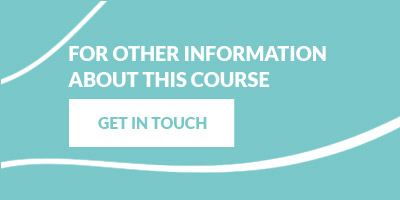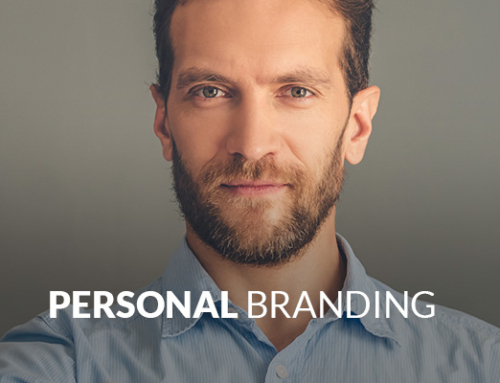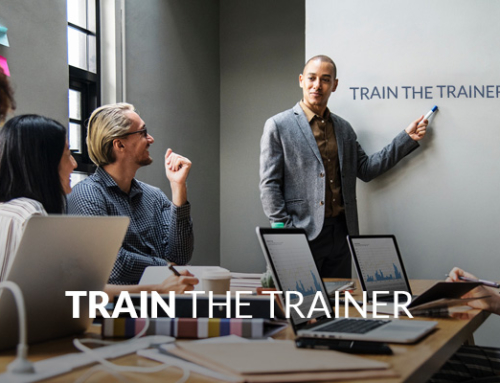
Listening to what has not been said aloud
Effective Communication
CONTENTS
The course combines theory (of effective communication techniques) and practical (non-verbal communication, including exercises in People Watching and Body Language).
Step 1 | the basics of communication
- Communication process
- Strategies and techniques for communicating more effectively in a short time frame
- Barriers and obstacles to communication
- Emotional communication
- Verbal, para-verbal and non-verbal communication
- Looking beyond what you think you can see
Step 2 | body language exercises
- Identifying and studying the messages we send through gestures and the way we move our body.
OBJECTIVES
- Develop and strengthen the skills in communication and body language
- Know your own communication style and learn to adapt it to that of others
- Make yourself heard, listened to, understood
- Try sending messages using body language
METHODOLOGY
- Use of video clips to put dialogue, communication and body language under the spotlight
- Alternating between lectures and active learning: questionnaires, role play, exercises, action plans, self-assessments, allowing participants to build the most suitable communication model
- Trying out techniques and strategies that can be applied day to day
- Related test: DISC questionnaire to aid self-awareness and improve communicative style










